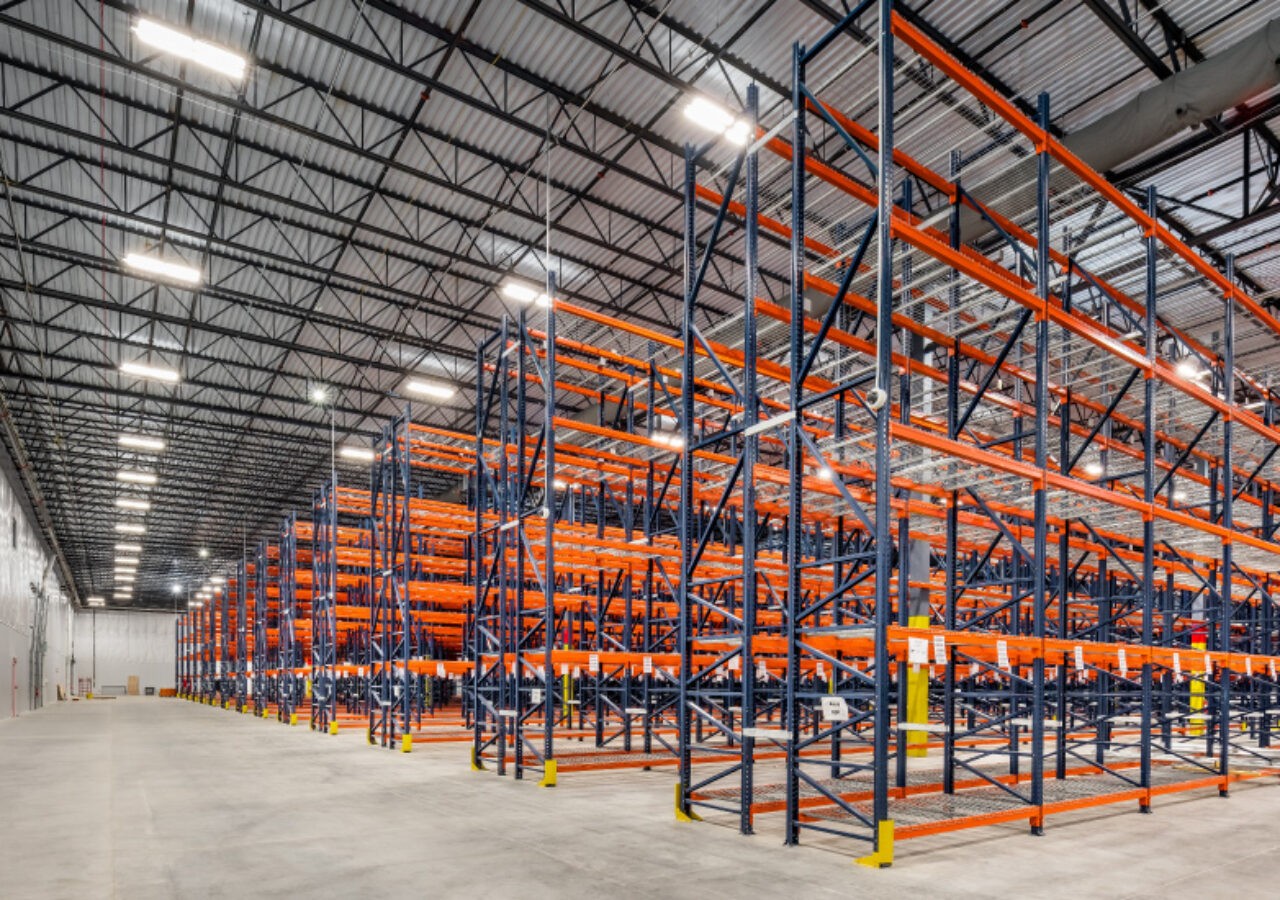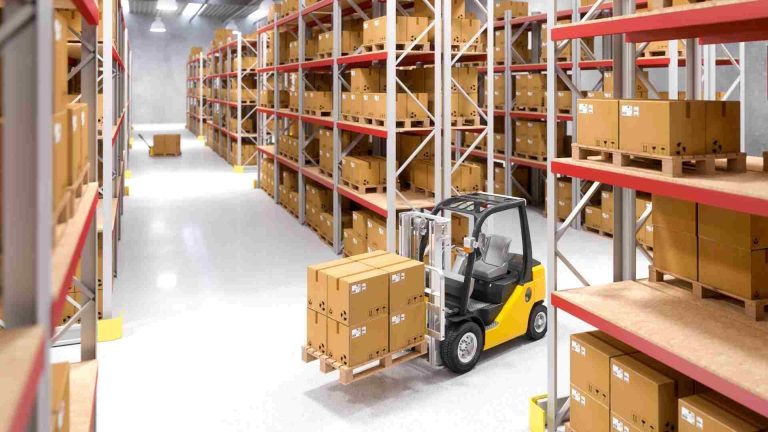In the ever-evolving landscape of life science logistics, technology has become a pivotal force driving unprecedented advancements in efficiency, accuracy, and overall supply chain management. As the demands on the life science industry continue to grow, from pharmaceuticals to medical devices, the integration of cutting-edge technologies has proven to be a game-changer. This article explores the transformative impact of technology on lifescience logistics, highlighting key areas where innovation has reshaped the industry.
1. Automated Tracking and Monitoring Systems:
One of the most significant impacts of technology on lifescience logistics is the implementation of automated tracking and monitoring systems. Advanced sensors and IoT devices now enable real-time visibility into the movement and condition of sensitive shipments. This level of transparency not only reduces the risk of product spoilage but also enhances overall supply chain visibility, allowing stakeholders to make informed decisions promptly.
2. Cold Chain Management:
The life science industry often deals with temperature-sensitive products, such as vaccines, blood samples, and biopharmaceuticals. Technology has revolutionized cold chain management by introducing sophisticated temperature-controlled systems. Automated refrigeration units equipped with sensors and data loggers ensure that products are maintained at the required temperature throughout the entire journey. This not only safeguards the integrity of the products but also ensures compliance with stringent regulatory standards.

3. Data Analytics and Predictive Modeling:
The integration of data analytics and predictive modeling has empowered life science logistics professionals to optimize their supply chain processes. By analyzing historical data, industry trends, and external factors, logistics managers can make more informed decisions regarding inventory levels, distribution routes, and warehouse management. Predictive analytics also play a crucial role in anticipating potential disruptions, enabling proactive measures to mitigate risks and prevent delays.
4. Blockchain Technology for Traceability:
Blockchain technology has emerged as a powerful tool in ensuring traceability and transparency in life science logistics. Through a decentralized and secure ledger, stakeholders can track every stage of the supply chain with an immutable record. This not only enhances the authenticity of the products but also aids in compliance with regulatory requirements. Blockchain technology is particularly beneficial in preventing counterfeiting, a major concern in the pharmaceutical industry.
5. Robotics and Automation in Warehousing:
Efficiency in life science logistics is not limited to transportation; it extends to warehouse operations as well. The integration of robotics and automation in warehouses has streamlined processes, reducing the risk of errors and improving overall efficiency. Automated picking systems, robotic arms, and smart storage solutions have significantly enhanced order fulfillment speed and accuracy, ultimately benefiting the end-to-end supply chain.
6. Integration of Artificial Intelligence (AI):
Artificial Intelligence (AI) plays a pivotal role in optimizing life science logistics. AI algorithms analyze vast datasets to identify patterns, optimize routes, and predict demand fluctuations. Machine learning algorithms improve forecasting accuracy, reducing excess inventory, and minimizing the risk of stockouts. Additionally, AI-powered chatbots and virtual assistants facilitate real-time communication, enhancing customer service and problem-solving capabilities.
The impact of technology on life science logistics efficiency cannot be overstated. From automated tracking systems to AI-driven optimization, these advancements collectively contribute to a more resilient and agile supply chain. As the life science industry continues to evolve, staying abreast of technological innovations will be paramount for companies seeking to maintain a competitive edge in this dynamic landscape.























